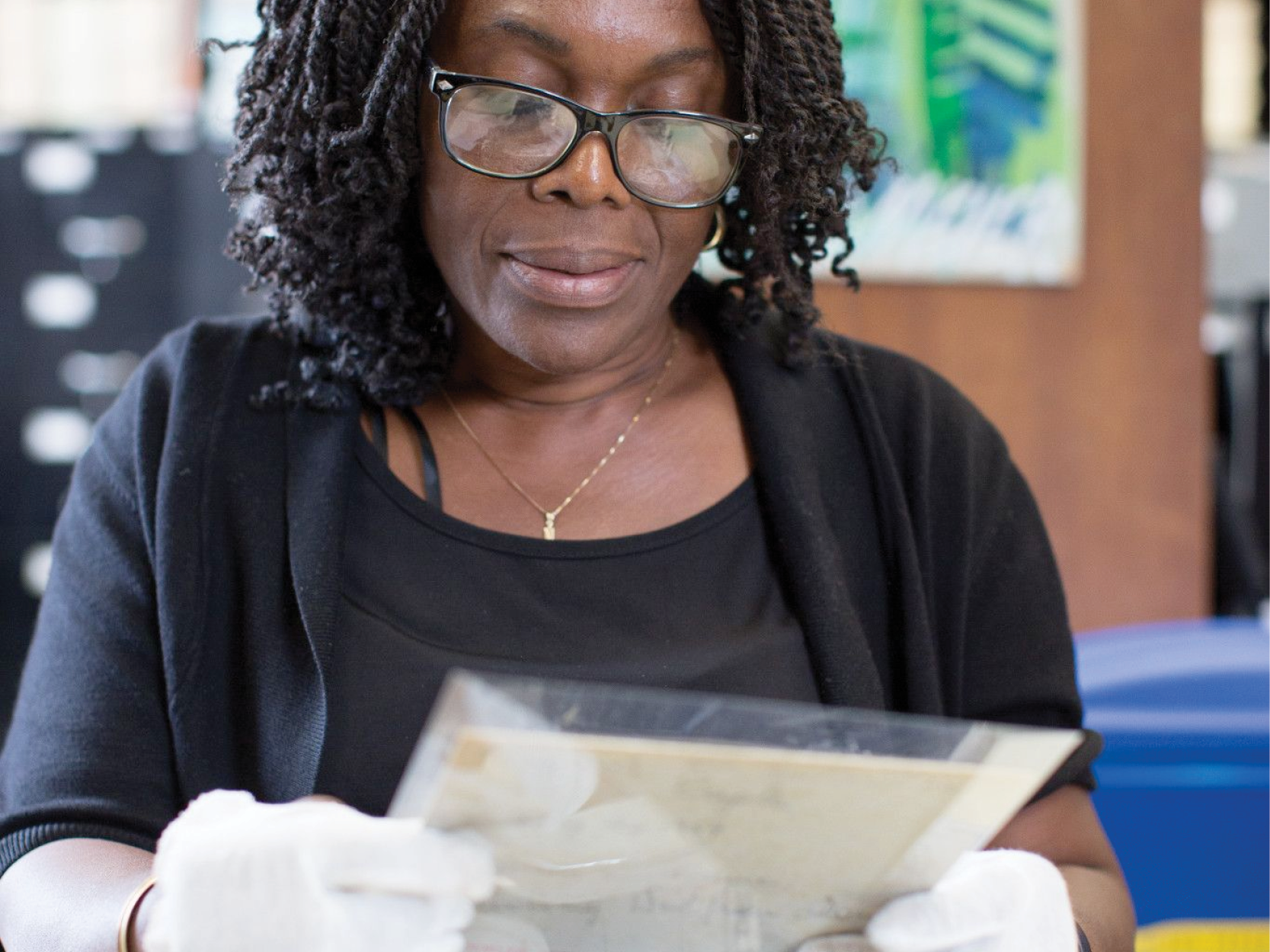
Looking up at the looming and detailed façade of 128 Pierrepont, it’s difficult to imagine anything else in its place. The classic Queen Anne style seems to fit right in with the surrounding brownstones, completing the historic feel of the Brooklyn Heights neighborhood. But in 1868, when the former Long Island Historical Society (LIHS) first purchased the plot of land intended for their new, permanent home, there was a plethora of possibilities.

The Long Island Historical Society was originally founded in 1863 with the original, intended purpose to:
“...discover, procure and preserve whatever may relate to general history, to the natural, civil, literary and ecclesiastical history of the United States, the State of New York, and, more particularly, of the counties, cities, towns and villages of Long Island.” From Certificate of Incorporation, dated April 2, 1863 (taken from The Long Island Historical Society Quarterly, Vol. 1, No. 1, January 1939, page 27; also stated in By-Laws).”
At the time, the society was residing in the old Hamilton Building, which you can read about here. The society was growing and needed new accommodations. The original board decided that constructing their own building for their own particular needs was the best course of action. The lot on the corner of Pierrepont and Clinton was then purchased in 1867 from George Stephenson and Charles Dennis. The LIHS board decided to hold a contest for architects to submit design plans for their new building. However, due to a financial crisis, this first contest was cancelled. A few years later, in 1877, LIHS board members decided to once again try holding an architectural design contest for their proposed building. The winner of this contest was George B. Post, whose design can still be seen in the standing structure of 128 Pierrepont today.
But what about the many other designs submitted? What could the historical society have looked like instead?
Lucky for us, we have examples of these submissions that were kept in the collections.


While we don’t have information about every architect who submitted plans, we do know about a few of them. Some have particularly famous designs, which I think is fascinating to think about in tandem with our own building’s history!

Josiah Cleaveland Cady, an American architect from Rhode Island who lived from 1837 until 1919. He is responsible for the designs of many churches and university buildings, including Yale University, Williams College, Wesleyan College, and Trinity College, his alma mater. However, his most notable works include the New York-Presbyterian Hospital, the south range of the American Museum of Natural History, and the original structure for the Metropolitan Opera House.
.jpg)
Hugh Lamb was a Scottish-born architect who lived from 1850 until 1903. He designed many important and academic structures throughout the Northeast region of the United States with his partner, Charles Alonzo Rich. Lamb and Rich met while attending Dartmouth College together. Some of their well-known works include: Sagamore Hill (the Oyster Bay home of Theodore Roosevelt); various projects for Charles Pratt including the main building of the Pratt Institute campus, the Astral Apartments, and Pratt’s Seamoor estate in Glen Gove, Long Island; and buildings and dormitories for Barnard College, Smith College, Wesleyan University, and Dartmouth College.


Alexander Jackson Davis was an American architect who lived from 1803 until 1892. His most famous design includes the current U.S. Customs House (also referred to as Federal Hall), which he designed with partner Ithiel Town and is located on Wall Street in New York City. With Town, he also designed several other government buildings, such as the North Carolina State Capital and Bridgeport City Hall in Connecticut. After designing government buildings with Town, Davis went on to design several country estates for wealthy, prominent Americans of the age.

Leopold Eidlitz was a Jewish-born architect originally from Prague before he immigrated to the United States and eventually converted to Christianity. He lived from 1823 until 1908. Eidlitz was known for designing grandiose estates, various houses of worship, and famous New York City landmarks. Unfortunately, many of the structures he designed succumbed to disaster. The most notable is the Brooklyn Academy of Music, which burned down in 1903. P.T. Barnum’s ostentatious estate known as “Iranistan”, located in Bridgeport, CT, was also destroyed by flames in 1857. Eidlitz’s original structures for Temple Emanu-El and Broadway Tabernacle, both located in Manhattan, were also eventually demolished. Temple Emanu-El was later rebuilt based on designs from a different architect. Of his structural designs that are still standing, the Tweed Courthouse, which he designed with partner John Kellum, is the most notable.

Alfred H. Thorp was a New York-based architect. He was responsible for designing the Orient Mutual Insurance Building in New York City. Like his plan for 128 Pierrepont, he had several other designs that never came into fruition. This includes his “Scheme for Rapid Transit for New York City” and an update of the shoreline that would have included elevated roadways, a promenade, and a bicycle road. I’m curious as to what he’d think about Robert Moses’s BQE or the Brooklyn Heights Promenade. Thorp was definitely ahead of his time with his ideas.

I find that these designs are not only fascinating but also beautiful. While we will never see these designs come to life, it’s fun to imagine what they could have looked like at 128 Pierrepont Street. Which one of these designs is your favorite? Let us know in the comments!
The Brooklyn Historical Society Institutional Archive Project is generously funded by the Leon Levy Foundation.
Big thanks to Special Collections and Outreach Librarian, Kevina Tidwell, for her assistance and encouragement in creating this post.
Interested in seeing more photos from CBH’s collections? Visit our online image gallery, which includes a selection of our images, or the digital collections portal at Brooklyn Public Library. We welcome appointments to research our entire collection of images, archives, maps, and special collections. Our reference staff is available to help with your research! You can reach us at cbhreference@bklynlibrary.org.
This blog post reflects the opinions of the author and does not necessarily represent the views of Brooklyn Public Library.
Post a Comment
While BPL encourages an open forum, posts and comments are moderated by library staff. BPL reserves the right, within its sole discretion, not to post and to remove submissions or comments that are unlawful or violate this policy. While comments will not be edited by BPL personnel, a comment may be deleted if it violates our comment policy.
eNews Signup
Get the latest updates from BPL and be the first to know about new programs, author talks, exciting events and opportunities to support your local library.







